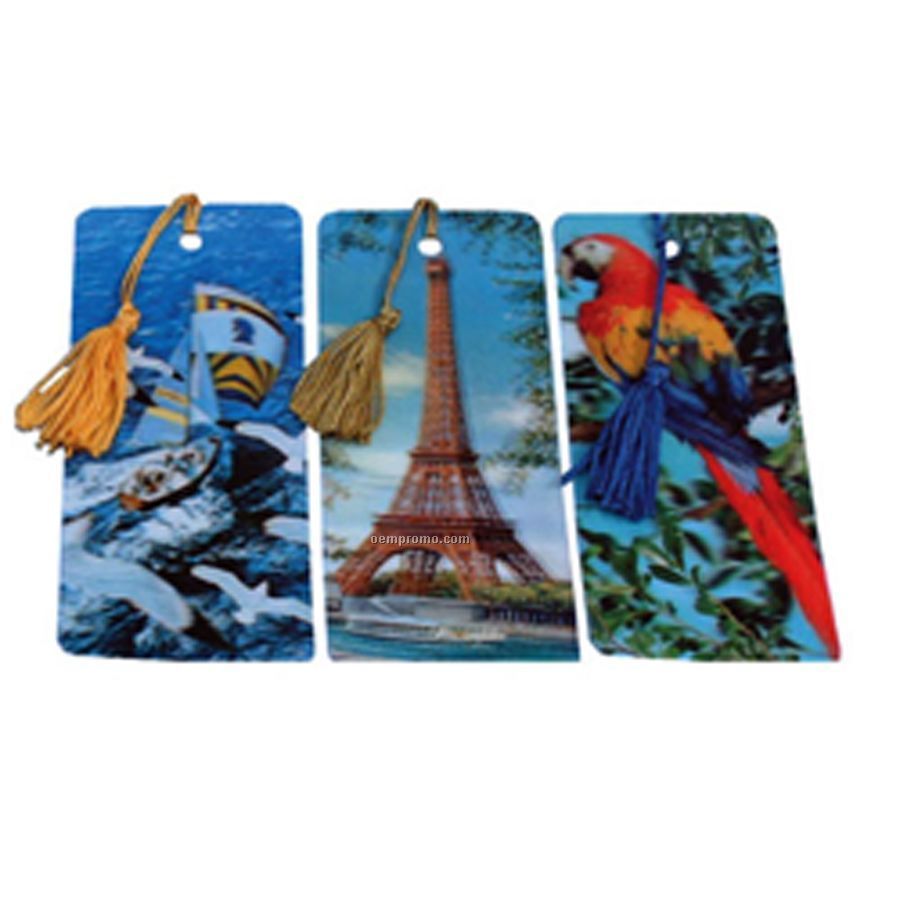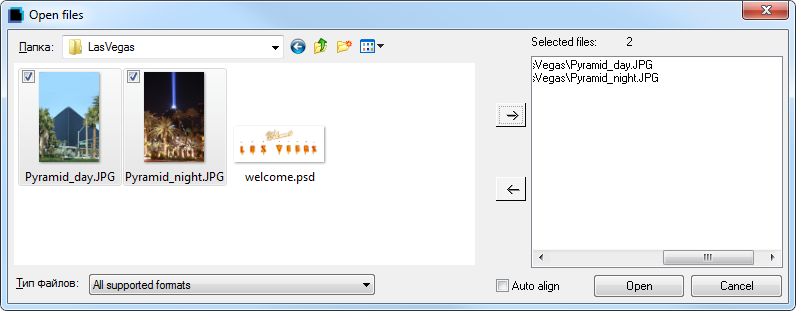Lenticular Effects 4.1
Close-up of the surface of a lenticular print. Lenticular printing is a technology in which (a technology that is also used for 3D displays) are used to produce printed images with an, or the ability to change or move as the image is viewed from different angles. Examples of lenticular printing include flip and animation effects such as winking eyes, and modern advertising graphics that change their message depending on the viewing angle.
Welcome to Lenticular Effects 4.1 Online Store. Payments are processed by the easy and 100% secure payment processor of Paypal. VISA, Mastercard and Paypal account.


Colloquial terms for lenticular prints include 'flickers', 'winkies', 'wiggle pictures' and 'tilt cards'. Also the trademarks Vari-Vue and Magic Motion are often used for lenticular pictures, without regard to the actual manufacturer.
In Britain and United States, they may also be known as 'holograms'. How a lenticular lens works Lenticular printing is a multi-step process which consists of creating a lenticular image from at least two images, and combining it with a lenticular lens. This process can be used to create various frames of (for a motion effect), offsetting the various layers at different increments (for a effect), or simply to show a set of alternate images which may appear to transform into each other.
Once the various images are collected, they are flattened into individual, different frame files, and then digitally combined into a single final file in a process called interlacing. From there the interlaced image can be printed directly to the back (smooth side) of the lens, or it can be printed to a substrate (ideally a synthetic paper) and laminated to the lens. When printing to the backside of the lens, the critical registration of the fine 'slices' of interlaced images must be absolutely correct during the or process or else 'ghosting' and poor imagery might result. Ghosting also occurs on choosing the wrong set of images for flip.
The combined lenticular print will show two or more different simply by changing the from which the print is viewed. Http S Sourceforge Net Project Vlc Win32. If more (30+) images are used, taken in a, one can even show a short animation sequence of about one second. Though normally produced in sheet form, by interlacing simple images or different colors throughout the artwork, lenticular images can also be created in roll form with 3D effects or multi-color changes. Alternatively, one can use several images of the same object, taken from slightly different angles, and then create a lenticular print which shows a 3D effect. 3D effects can only be achieved in a side-to-side (left-to-right) direction, as the viewer's left eye needs to be seeing from a slightly different angle than the right to achieve the stereoscopic effect. Other effects, like morphs, motion, and zooms work better (less ghosting or latent effects) as top-to-bottom effects, but can be achieved in both directions. There are several film processors that will take two or more pictures and create lenticular prints for hobbyists, at a reasonable cost.
For slightly more money one can buy the equipment to make lenticular prints at home. This is in addition to the many corporate services that provide high-volume lenticular printing. There are many commercial end uses for lenticular images, which can be made from,,, and, as well as other materials. While PETG and APET are the most common, other materials are becoming popular to accommodate outdoor use and special forming due to the increasing use of lenticular images on cups and.
Lithographic lenticular printing allows for the flat side of the lenticular sheet to have ink placed directly onto the lens, while high-resolution photographic lenticulars typically have the image laminated to the lens. Recently, large format (over 2m) lenticular images have been used in bus shelters and movie theaters. These are printed using an oversized lithographic press. Many advances have been made to the extrusion of lenticular lens and the way it is printed which has led to a decrease in cost and an increase in quality. Lenticular images have recently seen a surge in activity, from gracing the cover of the May 2006 issue of to, sports posters and signs in stores that help to attract buyers. The newest lenticular technology is manufacturing lenses with flexo, inkjet and screen-printing techniques. The lens material comes in a roll or sheet which is fed through flexo or offset-printing systems at high speed, or printed with UV inkjet machines (usually flat-beds that enable a precise registration). Cloudberry Backup Serial Numbers.
This technology allows high volume 3D lenticular production at low cost. Construction [ ]. Images are interlaced on the substrate Each image is arranged (slicing) into strips, which are then interlaced with one or more similarly arranged images (splicing). These are printed on the back of a piece of plastic, with a series of thin lenses molded into the opposite side. Alternatively, the images can be printed on paper, which is then bonded to the plastic.